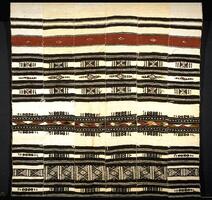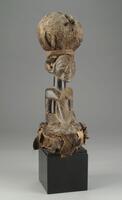86 UMMA Objects
86 UMMA Objects
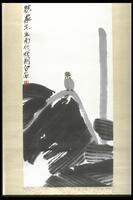
Qi Baishi
Solitary Bird Perched on a Banana Plant
1915 – 1925
Gift of Katsuizumi Sotokichi
1949/1.196
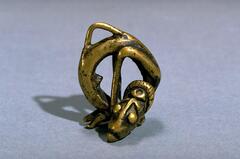
Dogon (Dogon (culture or style))
Pendant
1915 – 1925
Museum Purchase made possible by the Friends of the Museum of Art
1983/2.159

Kuba (Kuba (Democratic Republic of Congo style))
Headrest
1920 – 1930
Gift of Barry D. Maurer
1985/2.6
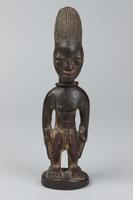
Yoruba (Yoruba (culture or style))
Male Twin Figure
1920 – 1930
Gift of Dr. & Mrs. J. Robert Willson.
1985/2.92

Kuba (Kuba (Democratic Republic of Congo style))
Belt
1915 – 1925
Museum Purchase made possible by the Friends of the Museum of Art
1985/1.168
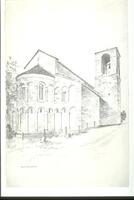
Albert Kahn (American (North American))
Pratovicchio
1915 – 1925
Transferred from the College of Architecture and Design, 1972—Gift of the Family of Albert Kahn: through Dr. Edgar A. Kahn; Mrs. Barnett Malbin; Mrs. Martin L. Butzel
1972/2.633

William Walcot (British (modern))
House of Salkist
1915 – 1925
Gift of Mrs. Charles F. Weber
1992/1.156

Tabwa (Tabwa)
Female half-figure
1920 – 1930
Museum purchase made possible by the Alfred E. Pernt Memorial Fund in honor of Doctor of Technical Sciences Max H. J. Pernt and his wife Anna Pernt (née Mueller)
1986/2.108

Yaka (Yaka (Kwango-Kwilu region style))
Figure
1915 – 1925
Gift of Candis and Helmut Stern
2005/1.193
Loading…
